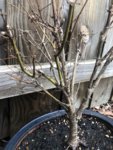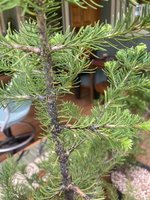Hi guys,
Hope you all well.
I have given 30 years old maple bonsai tree, 3 weeks ago. And already have blackened trunks but not as bad as this.
3 weeks ago still have new small trunks and small leaves to start growing.
Last week i have repotting the tree, cutting a lot of roots, with hope i could still save this bonsai tree.
I am very new with having bonsai tree, so would need some helps from you guys.
Hopefully i could do something to save this bonsai.
I don’t know what happened and if this a diseases which could not be treat anymore as looks like it’s spreading. At the moment still have maybe 25% or less green trunks.
Please see some pictures, so you guys could see the situations here, by the way it’s in Sydney weather now is spring to summer.
Thanks so much to read and help in here
Hope you all well.
I have given 30 years old maple bonsai tree, 3 weeks ago. And already have blackened trunks but not as bad as this.
3 weeks ago still have new small trunks and small leaves to start growing.
Last week i have repotting the tree, cutting a lot of roots, with hope i could still save this bonsai tree.
I am very new with having bonsai tree, so would need some helps from you guys.
Hopefully i could do something to save this bonsai.
I don’t know what happened and if this a diseases which could not be treat anymore as looks like it’s spreading. At the moment still have maybe 25% or less green trunks.
Please see some pictures, so you guys could see the situations here, by the way it’s in Sydney weather now is spring to summer.
Thanks so much to read and help in here
Attachments
-
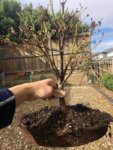 ABF930A5-ADE7-41A1-84FF-E6ACAA11C10F.jpeg417.1 KB · Views: 168
ABF930A5-ADE7-41A1-84FF-E6ACAA11C10F.jpeg417.1 KB · Views: 168 -
 FE5FE9A3-0005-4FBD-9B4C-4670CFD1E21C.jpeg354.5 KB · Views: 162
FE5FE9A3-0005-4FBD-9B4C-4670CFD1E21C.jpeg354.5 KB · Views: 162 -
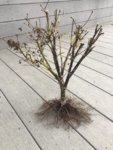 D9437BF1-31E3-4114-B3CA-C8B979A84D6F.jpeg443.7 KB · Views: 149
D9437BF1-31E3-4114-B3CA-C8B979A84D6F.jpeg443.7 KB · Views: 149 -
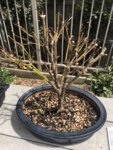 22666A7C-B844-4F84-8B8F-6F86D4102CC1.jpeg488.5 KB · Views: 143
22666A7C-B844-4F84-8B8F-6F86D4102CC1.jpeg488.5 KB · Views: 143 -
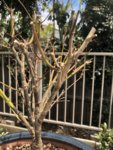 87C6C86E-E023-41F6-AC00-E7E961DEFB8F.jpeg340.2 KB · Views: 126
87C6C86E-E023-41F6-AC00-E7E961DEFB8F.jpeg340.2 KB · Views: 126 -
 5E8AA9A3-9005-479C-9F91-2A41C306932B.jpeg359.2 KB · Views: 116
5E8AA9A3-9005-479C-9F91-2A41C306932B.jpeg359.2 KB · Views: 116 -
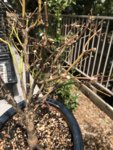 73E2D3E9-A524-4ECD-89C3-14F7EFB48695.jpeg417.5 KB · Views: 135
73E2D3E9-A524-4ECD-89C3-14F7EFB48695.jpeg417.5 KB · Views: 135


